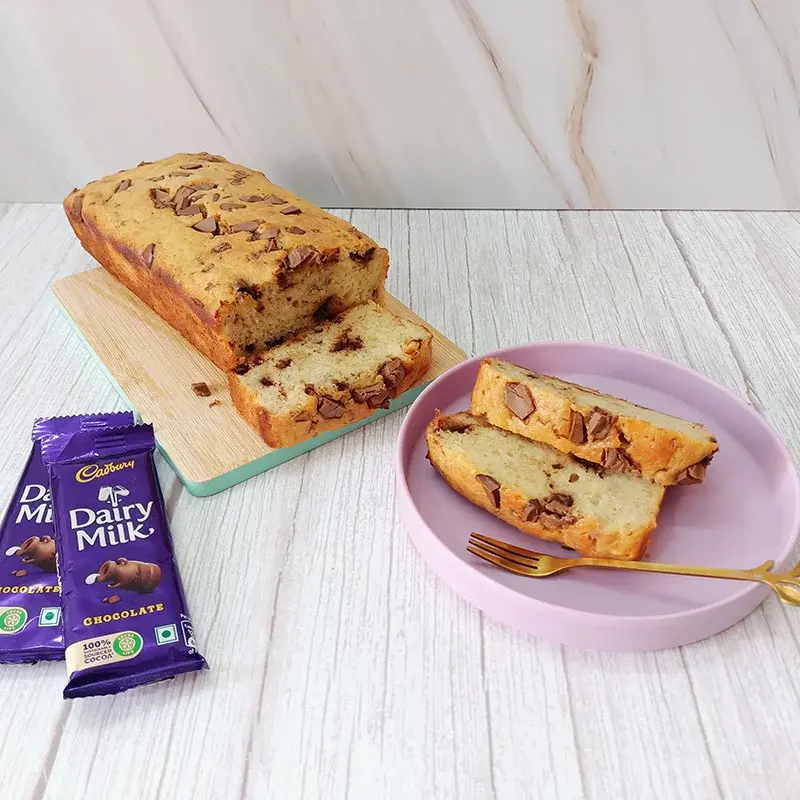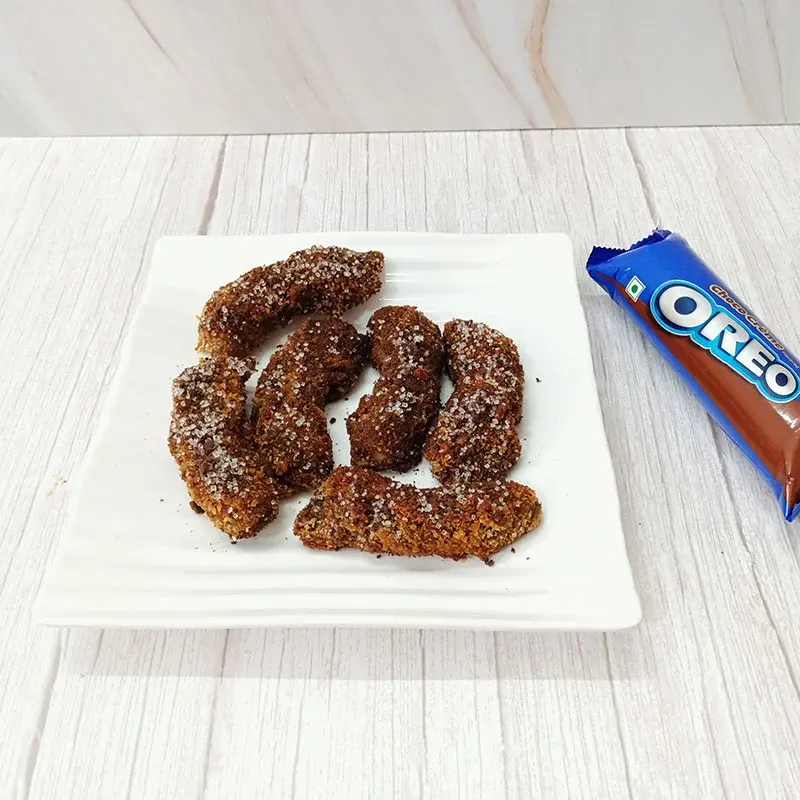- Home
- Articles
- Saudi Arabia's Coolest Confections Rooted in Religion and Community for Beating the Heat
Saudi Arabia has a rich dessert landscape with influences from all over the Middle East and the intermingling of cultures, and much like its neighbors, its desserts are rich in rose-flavored syrups and often fried or baked to perfection.
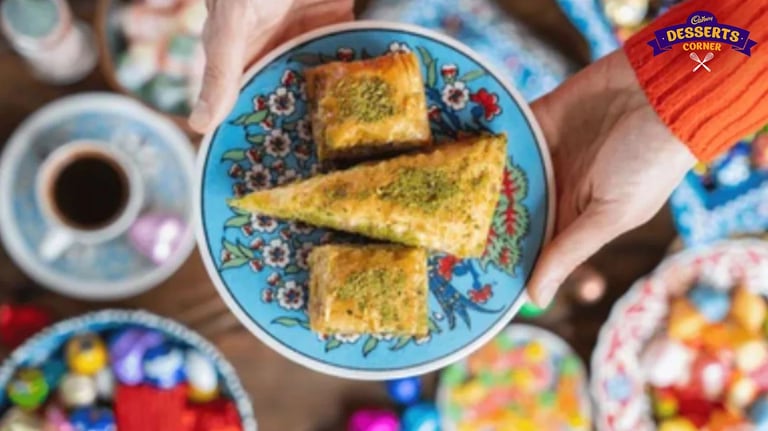
Saudi Arabia has a rich dessert landscape with influences from all over the Middle East and the intermingling of cultures, and much like its neighbors, its desserts are rich in rose-flavored syrups and often fried or baked to perfection.
The delicious spread of desserts that Saudi Arabia has, is akin to a bounty in their oasis, among the vast stretches of sands of the Arabian Desert. As in many cultures, desserts play an important role in Saudi celebrations and daily life. From thick, syrupy confections to light and flaky pastries, the desserts of Saudi Arabia showcase the region's diverse cultural influences.
Living in one of the hottest regions in the world, Saudis have developed desserts that can withstand warm temperatures without melting. Many traditional Saudi sweets involve cooking fresh fruits into thick jams or marmalades to preserve their flavors year-round. Dates, nuts, honey, and spices also feature prominently in Saudi baking and confections, providing a boost of energy and flavor.
Knafeh
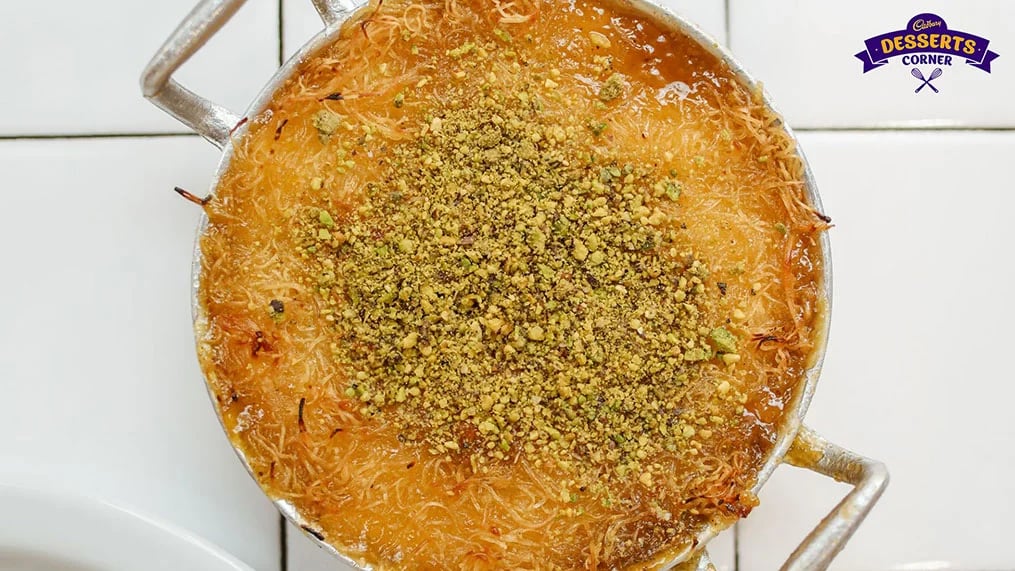
Knafeh, also known as kunafa, kanafeh, kunafeh, or konafi, traditionally uses a cheese filling stuffed between the shredded phyllo pastry strands. It is topped with crushed pistachios and soaked in a sweet syrup often flavored with rose water or orange blossom. Knafeh is a very popular dessert throughout Saudi Arabia and the Saudi version of knafeh originates from Nablus in the Palestinian territories. In Saudi Arabia, Knafeh is commonly found in bakeries and sweet shops. It is a staple dessert served during Ramadan, Eid, weddings, and other celebrations.
Ma’amoul
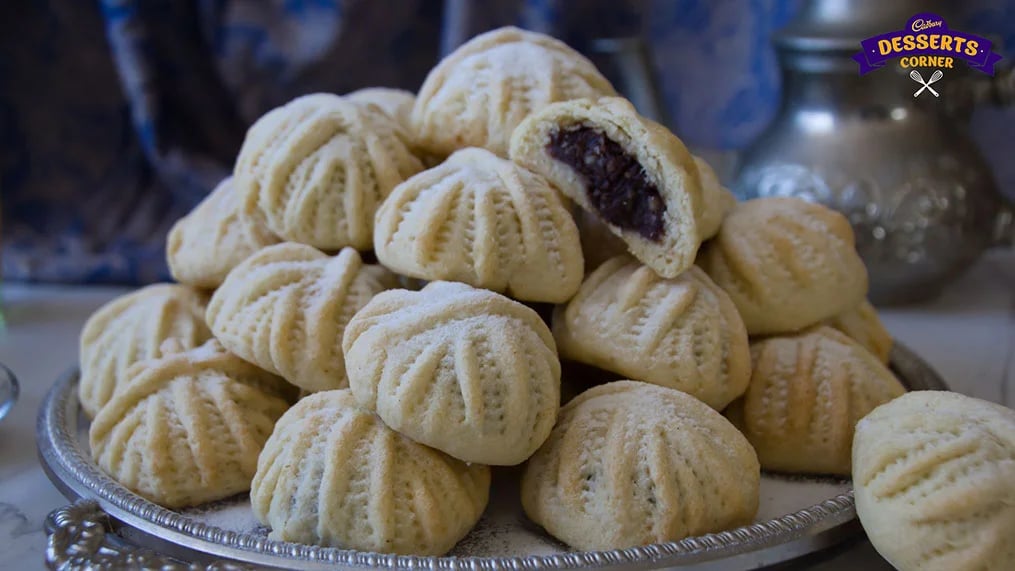
Maamoul (Ma'amoul) are delicate date-filled butter cookies with a decorative pattern on the outside. Maamoul is put on the dessert table throughout the Middle East for holidays and celebrations of all kinds. The cookies get their hallmark look from mallet-shaped molds made in various shapes and designs—the shapes are used to distinguish one filled ma’amoul type from another. The making process involves pressing the soft dough into the domed maamoul mold, filling it, sealing the dough closed, and then turning the mold over with a healthy whack on the counter to release the cookie.
Baklava
Baklava is all over the Middle East and is undeniably a beloved dessert that is widely enjoyed in the kingdom. While its exact origins are debated, some believe baklava was popularized via the imperial kitchens of the Topkapı Palace in Constantinople, which is in modern-day Istanbul. It is traditionally made with layers of thin phyllo dough, brushed with butter or oil, and filled with chopped nuts like pistachios which gives baklava its distinctive bright green hue. The dough is then layered and cut into diamond, square, or triangular shapes before being baked. It is then drenched in a sweet rose-flavored syrup, that is a signature touch of Saudi baklava. Baklava can be found in bakeries throughout Saudi Arabia and is regularly served to welcome guests or as a treat.
Luqaimat
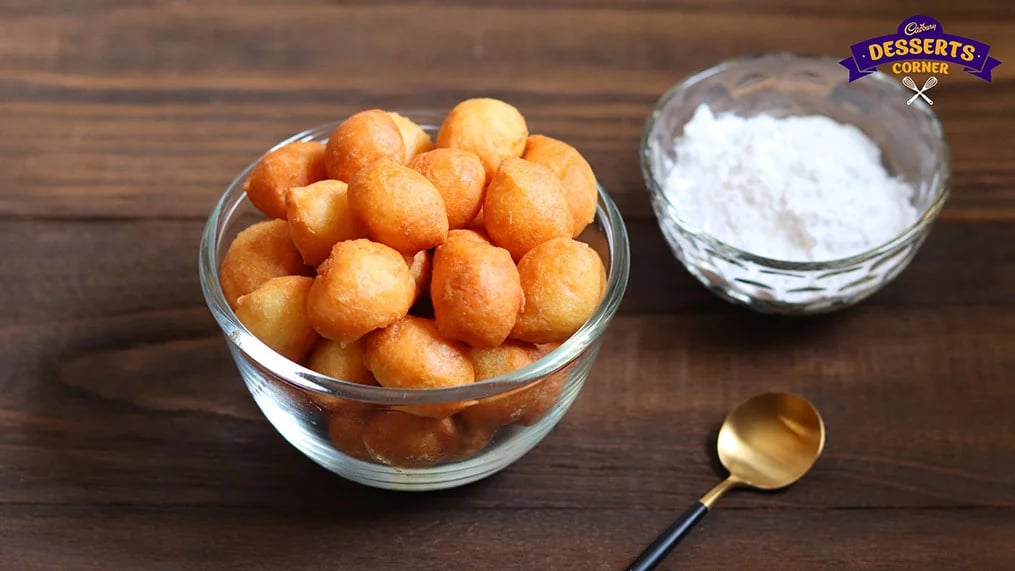
Luqaimat is a sweet dumpling originating from the Kingdom of Saudi Arabia and is especially popular there during Ramadan when families gather to prepare it in large batches. The Saudi version of luqaimat uses a simple dough of flour, yeast, saffron, and cardamom. Small balls of the dough are fried until golden brown, developing a crunchy exterior and soft interior. Traditionally, date syrup is poured over the warm dumplings to coat them. High-quality date syrup from Saudi Arabia's dates is key to letting the natural sweetness come through.
Muhallebi or Mahalabia
Mahalabia is a traditional Saudi Arabian dessert that originates from the city of Aleppo in Syria. It is a creamy pudding made from milk, cornstarch, rose water, and mahlab spice. Mahlab gives mahalabia its distinctive flavor—mahlab is the seed of the St. Lucie cherry tree and has notes of almond. Rose water also lends it a distinct floral scent. In Saudi Arabia, mahalabia is enjoyed throughout the year but is more popular, especially during Ramadan, Eid al-Fitr, weddings, and other celebrations. It has a soft, soothing texture that is perfect for breaking the daily Ramadan fast. Bringing home a container of mahalabia from the bakery is a special Saudi tradition.
Basbousa
Basbousa is a semolina cake that originates from Egypt but is also very popular in Saudi Arabia. The Saudi version of basbousa has a few distinctive characteristics. Saudi basbousa uses a thicker batter than other variations, which results in a dense and moist cake-like texture. Rose water is a very common flavoring used, giving it a subtle floral taste. Pistachios are a signature topping as well, decorating the top of the cake. The semolina mixture is poured into a pan and baked, then sliced into diamond shapes before being served. Basbousa, although sweet, is traditionally enjoyed with coffee or tea in the sandy kingdom.
Dibyaza
Dibyaza is made by combining dried fruits and nuts and then cooking them down into a thick paste-like consistency. Apricots, dates, figs, peaches, and roasted nuts are cooked together over heat for that marmalade-ish texture. As the mixture simmers, the natural sugars from the fruits caramelize, and the ingredients shrink significantly. After an extended period of simmering, the dibyaza achieves a glossy texture that holds its shape but is equally collapsible.
More Like This
Popular Articles





Trending Web Stories
Curated Recipes



